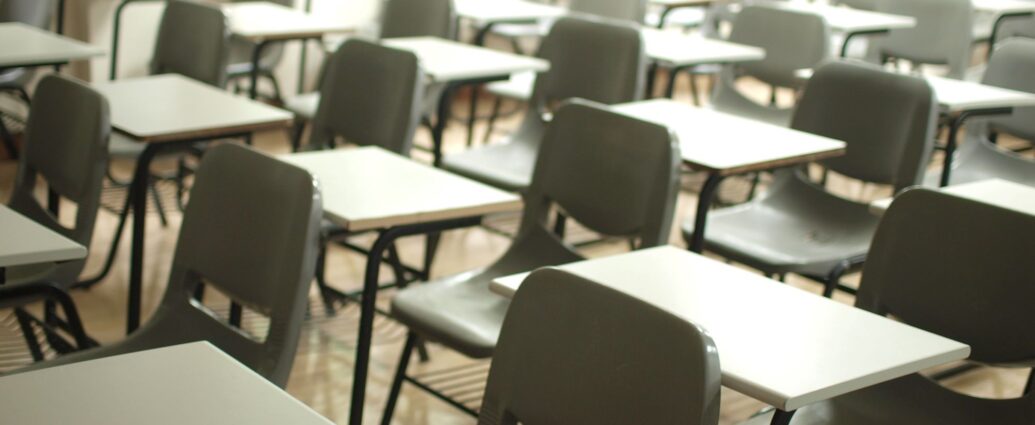Lucy Frewin
August 24th saw thousands of students across the UK collect their GCSE results as pass rates fell for a second year in a row.
The national pass rate in England, Wales and Northern Ireland now sits at 68.2 per cent, down from 73 per cent in 2022. The proportion of students achieving grade seven or above has decreased by 4.4 percentage points compared to last year, returning to pre-pandemic figures.
This comes as methods of assessments return to normal, after three years of pandemic-related disruption to teaching and examination.
This year we’ve seen 👇
⬆️ 22.4% of entries achieve a grade 7 and above – up from 2019
✅ 70.3% of entries achieve a grade 4 or above – up from 2019
💻13.5% increase in pupils taking computer science since 2019
🏴 11.2% increase in entries to EBacc GCSEs compared to 2019
3/8
— Gillian Keegan MP (@GillianKeegan) August 24, 2023
The pandemic’s continued impact on GCSE results
GCSE results throughout the pandemic saw a huge grade inflation, likely due to the introduction of teacher-assessed grades and adjustments to grade boundaries.
Pass rates for almost all subjects this year have been similar to those from 2019 (67.3 per cent), the last cohort to sit exams unaffected by the pandemic.
The drop in attainment over the last three years has been steepest in England, where plans were made to get results back in line with pre-pandemic levels by reintroducing higher grade boundaries.
Grades for students in Wales and Northern Ireland have fallen between results days in 2019 and 2022, but not as steeply as grades in England.
Schools Minister, Nick Gibb told BBC Radio 4’s Today Programme: “It’s important to get back to normality to maintain the value and integrity of GCSEs and A-levels.”
The enforced attainment level has seen many students disappointed with the results they received. The cohort receiving their results this year were in year 8 when the pandemic began, and many will have faced disruption throughout their GCSE courses.
The Higher Education Policy Institute said “England has probably got it wrong” by trying to get back to normal “too quickly.”
GCSE attainment gaps across the UK
Variation in results between regions has also been obvious this year, particularly for the attainment of top grades.
In London, the attainment rate was 28.4 per cent for students awarded a grade 7 or above. In the North East, it was 17.6 per cent. Merseyside saw the fewest 16-year-olds passing their maths GCSE, with only 65 per cent receiving a grade 4, compared to over 80 per cent in Surrey or Hertfordshire.
Shadow Schools Minister, Stephan Morgan stated that rising regional GCSE attainment gaps “are proof that the government’s levelling up agenda has failed.”
Attainment also varied between state and independent schools: 90.1 per cent of students at independent schools achieved a grade 4 or above, compared to 69.4 per cent in state-run academies.
In a statement on Twitter, the Secretary of State for Education, Gillian Keegan said: “This is the first year we’ve returned to pre-pandemic assessments and grading, so results were always going to be closer to 2019 than 2022.”
Keegan also wrote: “These are a really impressive set of results and show how hard students have worked in really unprecedented circumstances.”
READ NEXT
-
BELGIAN UNIVERSITY LAUNCHES TAYLOR SWIFT LITERATURE COURSE
-
GRETA THUNBERG PULLS OUT OF EDINBURGH FESTIVAL OVER ‘GREENWASHING’
-
HOME OFFICE CRACKDOWN ON ASYLUM SEEKERS WITH CRIMINAL CONVICTIONS
Featured image courtesy of MChe Lee via Unsplash. No changes have been made to this image. Image license found here.

